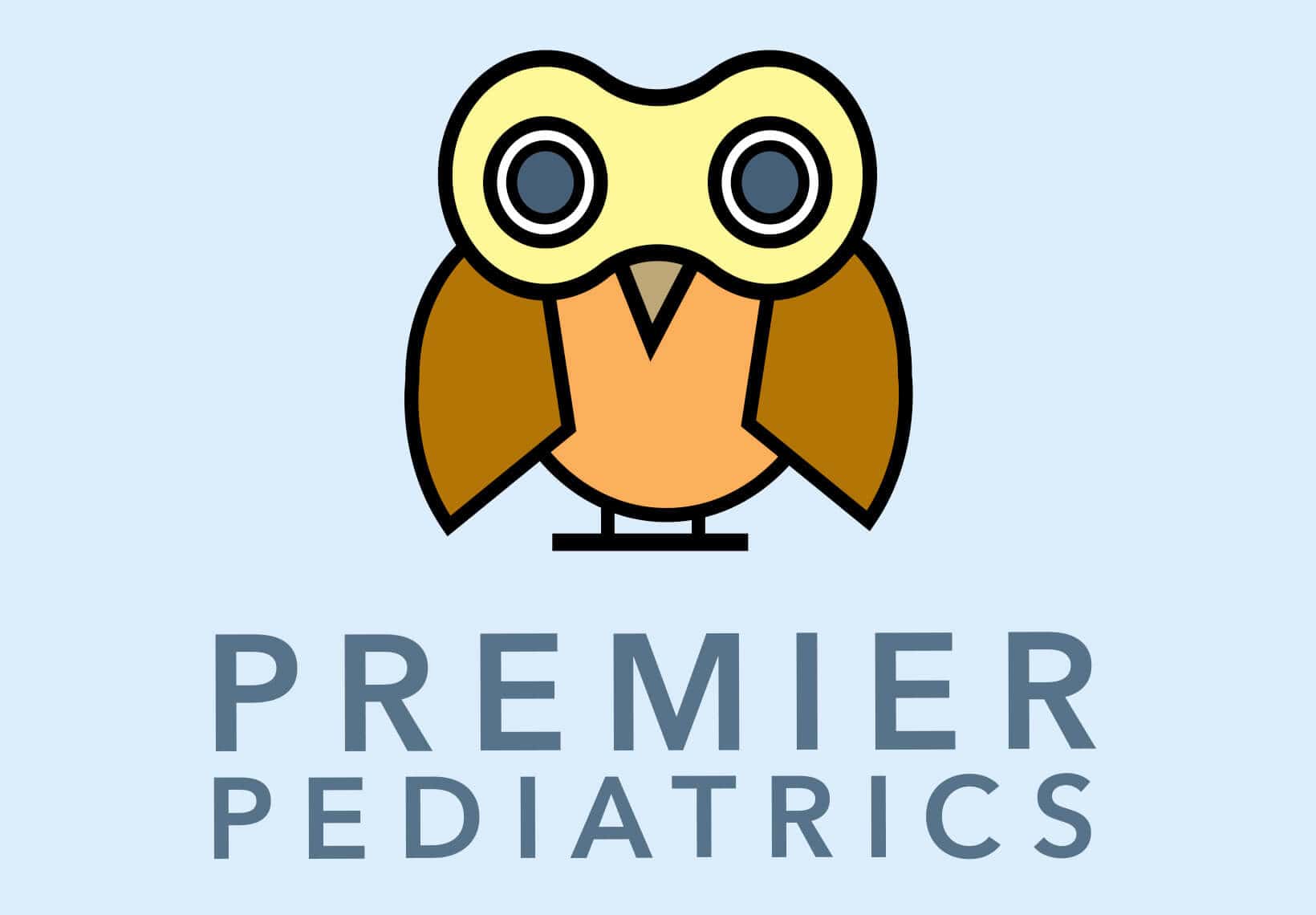Starting Solids
WOOHOO! You are on this page because you’re thinking about or have recently started solid foods with your little one! Starting solids is a fun and exciting time for your family and we want all of you to enjoy it and help create a healthy, happy dynamic around food for your family.
What Are Some Signs That My Little One Is Ready to Try Solid Foods?
- Has good head and neck control
- Can sit with support
- Seems interested in your food when you are eating
- Once the reflex to push objects out of the mouth with their tongue disappears (usually between 4-5 months old)
When Can I Introduce Solid Foods?
The American Academy of Pediatrics recommends exclusive breastfeeding for 6 months, but many parents will say that their babies seem interested and eager to eat solids before then. Until 6 months of age, the primary source of nutrition for your baby should be breast milk or formula. It is not dangerous or unhealthy to start solid foods, it just means that solid foods should not decrease your baby’s total breast milk or formula intake. If your baby starts solids and is drinking less than 24 oz a day you should cut back on the amount of solid food you are giving. In most cases, solid foods can be introduced between 4–6 months of age.
What Food Should I Start With?
In the United States, historically, babies have started solid foods with single grain cereals. This is not necessary or recommended. You can start your little one off with single vegetables. You can continue to introduce a new food every 2–3 days observing for signs of allergic reactions. You can then introduce fruits and cereals. Once you have given a food without a reaction it is safe to mix into other previously tolerated foods. You can start to give your little one combination foods such as peas and pears or an interesting grain combination such as apple, plum, and farro. Proteins can start to be incorporated as well.
What does the general solid food journey look like?
Between 4–6 months solid foods should be thought of as practice and getting your little one accustomed to new foods. Between 6–9 months of age your little one will start to slowly eat more solid foods and a typical 9 month old is having three meals a day.
My child doesn’t have any teeth can they start finger foods?
Once your baby can sit unassisted and bring food to her mouth using her you can start finger foods. This usually occurs between 8–9 months of age. Your baby does not need teeth to eat these foods. They will use their gums to mash the food. Start with small ¼ inch size pieces of soft and easy to swallow foods. . Some good finger foods are, but not limited to, cheerios or puffs, small pieces of well cooked vegetables or fruits, pasta, pancakes, small pieces of bread, or cheese.
What should I keep in mind when I start feeding?
First and foremost, this is supposed to be fun. So if you or your baby is uncomfortable, take a break and try again in few days. Solid food should always be given with a spoon, NOT in the bottle. Placing cereal in the bottle promotes obesity and requires cutting the nipples which can lead to choking risks. Sit your baby upright to prevent choking and start with small amounts. Finally, expect a mess!
How will I know when my child has had enough?
Trust your little one to tell you when they are done eating by closing their lips or turning their head away from the spoon. This allows your little one to self-regulate their food intake and create a healthy relationship with food. When first introducing solid foods, babies may only eat a few spoonfuls. That is okay. It takes time to get used to being spoon fed, new textures and new tastes. You can choose what foods and when you offer them to your child but you cannot control how much they take in. Forcing children to eat when they are not hungry will only create anxiety and food battles around food. Let your child be in control of how much food they take in. When they show signs of disinterest such as pushing away the spoon or closing the lips tightly they are signalling that they have had enough to eat and it is time to stop. The goals is to provide diverse and balanced foods. The feeding methods used in the early part of life help to establish lifelong eating patterns so it is important to get off to the right start. As parents, it is normal to think about if your little one is eating enough. The best way to gauge this is if your child is growing well and meeting developmental milestones. Signs of a healthy eater are that your little one enjoys mealtime and eating and has the energy to play and interact with her surroundings.
What are some healthy meal ideas for baby eating solids?
When starting solid foods it is important to introduce variety and let your little one experiment with different tastes. You will want to make sure to choose foods that are rich in iron. Meats such as turkey, chicken and beef are good choices for little ones. Your little one can experiment with different tastes and it is okay to incorporate spices and herbs into your little one’s foods. For example, you can mix cinnamon into sweet potatoes or cilantro into avocados. Avoid adding salt or sugar to your child’s foods. It is important to introduce fruits and vegetables into your little one’s diet and as they get older continue to offer them.
What about allergenic foods?
There is no medical evidence that delaying introduction of certain foods reduces the likelihood of food allergies in children. There are no current data to suggest that cow’s milk protein (except for whole cow’s milk), egg, soy, wheat, peanut, tree nuts, and shellfish introduction into the diet need to be delayed beyond 6 months of age. Therefore, you may include foods that are considered “more allergenic” once a few other foods (fruits and veggies) are tolerated. The AAP has endorsed new guidelines for early introduction of peanuts to reduce the risk of developing peanut allergy. While peanuts and peanut butter are choking hazards peanut powder, ground peanuts or peanut butter used in smoothies are safe ways to introduce your little one to peanut protein. The guidelines are based off a landmark study known as the LEAP study which showed that early introduction of peanut powder can help reduce the risk of developing peanut allergy later in life. Peanut protein can be mixed into pureed foods once your baby is 6 months old. If your child had eczema or an egg allergy please talk to your pediatrician before introduction of peanut protein. If your child has already had a food allergy diagnosed, has recurrent wheezing or severe eczema, these guidelines may not apply to your child. If the above applies to your child, or you are not sure, please discuss introduction of allergenic foods with your pediatrician.
My Baby Has Red Cheeks. They Must Be Allergic to the Food I Just Introduced.
Many children’s cheeks will get red soon after starting solid foods. This does not mean your child is having an allergic reaction. It is more likely that your child’s skin is sensitive to the food getting all over it. This is particularly common with acidic foods such as strawberries, citrus or tomatoes. A true allergic reaction would not be limited to the face but would involve the entire body. If you are not sure if your child has had an allergic reaction to a particular food, check with your pediatrician.
Are There Any Foods That I Must Avoid?
In addition, as you start to add more and more finger foods,, you will need to mindful about foods that can be choking hazards. Whole peanuts, tree nuts and other common choking hazards (grapes, raw carrots), but not ground formulations, carry a choking risk and should be avoided until your doctor feels they are safe. It is very important that your child not be exposed to honey in the first year of life as this carries a risk of infant botulism.
Tips to Set Up for Success
Start with veggies first
We know that babies prefer sweet and salty tastes even from a young age. Therefore, it is not uncommon for vegetable flavors to be rejected initially. Starting with single vegetable tastes and building on them is often helpful. Many people believe that food preferences are formed early in life. By offering your child lots of vegetables and then fruits early on, you are likely setting them up for success in avoiding picky eating down the road.
Be patient and persistent
When start foods with little ones it can take 8–10 tries before they accept a new food, If your little one turns their nose up at brussel sprouts, don’t give up. Keep offering them the taste. You can even mix it with one of their favorite foods to encourage them to continue to try it. By being persistent you give your little the opportunity to learn to love different tastes from an early age.
Don’t be afraid of bold tastes
When starting solids with your little one it is okay to add spices to the food. Try adding cinnamon or nutmeg to sweet potatoes, or basil to peas. You will want to avoid adding salt and sugar but other flavor combinations are an excellent way to expand your little one’s palate and create an adventurous little foodie!
Family meals
Set an example for your little one by eating healthy foods yourself. Try and eat together as a family. As a busy working mom, I know that can be a tall order. Try to do meals together on the weekends. If your baby is eating pumpkin puree, try roasted pumpkin as a side dish for the rest of the family. Watching you make healthy choices and enjoying healthy food will help encourage your little one to follow in your footsteps.
Taste the rainbow
You don’t only need to be bold with spices, go bold with the food colors you introduce. As long as you avoid choking hazards, the sky’s the limit with which veggies and fruits you can introduce. Go bright green with broccoli and peas, try some orange with carrots and sweet potatoes. Want to try a purple veggie? How about purple cauliflower mash? Have fun combine different tastes together such as pumpkin and blueberries or pears and parsnips. Creating healthy eating habits and introducing a wide variety of tastes from the first bite can be really helpful in creating a little foodie and a child who will maintain lifelong healthy eating habits. Think of your child’s palate as a blank canvas that you can influence and early on and have sustained effects. The goal as parents is to create a healthy relationship with food. Most importantly, have fun! This is a fun and exciting time for you and your little one, enjoy your journey to creating a little foodie!




